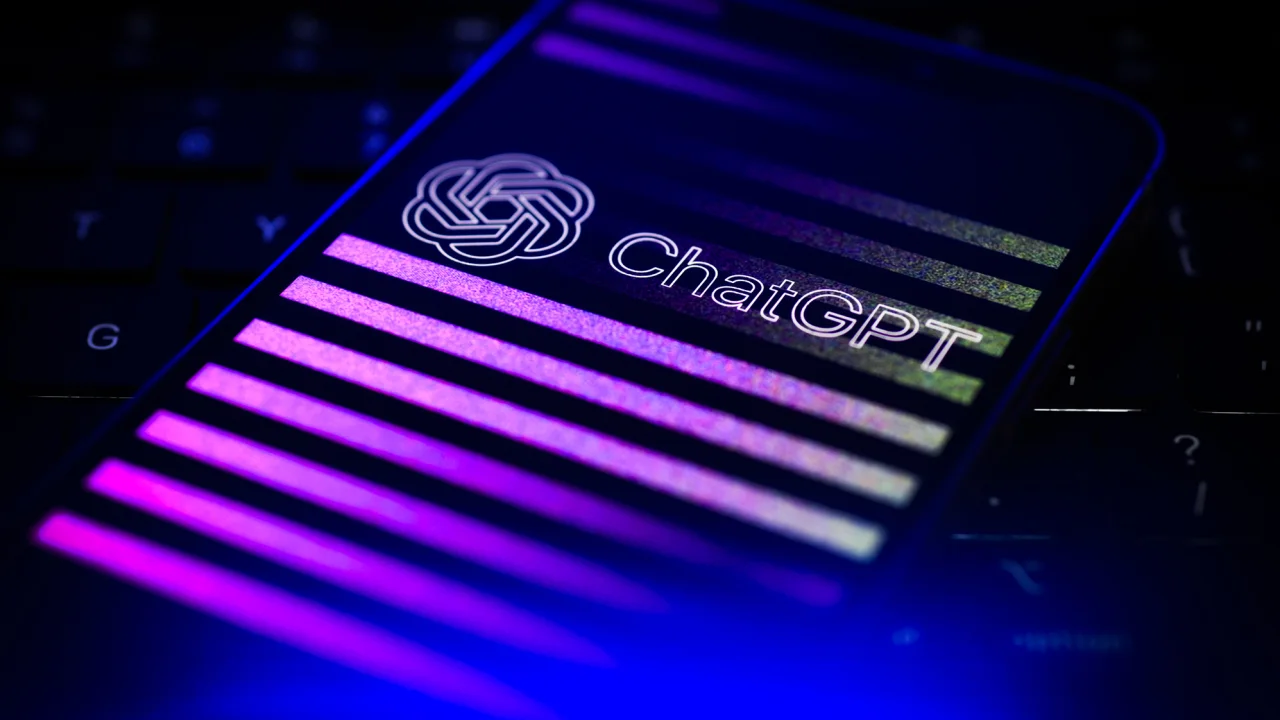ChatGPT can now respond with images and search the web

Three weeks after relaunching the beta version of real-time internet browsing for ChatGPT, OpenAI, the company behind the viral chatbot, has officially launched the capability – but it has been a difficult ride.
The majority of ChatGPT’s existence has been focused on data sets that end in September 2021. A central objective of OpenAI has been to extend ChatGPT’s data – and search engine capabilities – into the here and now. When users asked it about more current events, it answered, “I can’t browse the internet in real time.”
As part of a trial in March, the company experimented with a ChatGPT web-browsing plugin. After some users discovered that Browse with Bing could be used to bypass paywalls, OpenAI put the feature on hold in June. In response to site owners opting out of the web crawling, the company has slowly rolled out the feature again.
This week, ChatGPT can generate images using OpenAI’s DALL-E 3, the buzzy new version of its image-generation artificial intelligence model, but it is only available to a limited number of users in beta.
According to OpenAI’s release notes, “ChatterGPT will translate your ideas into exceptionally accurate visuals,” from simple sentences to detailed paragraphs.
ChatGPT became the fastest-growing consumer application ever recorded in two months after launching last November, according to a UBS study. In the years that have followed, it has spurred a race among tech giants to come up with features, apps, and UX experiences that set their chatbots apart from the competition. In that race, OpenAI with ChatGPT and Google with Bard are the leading competitors.
In June, Microsoft announced it had invested an additional $10 billion in OpenAI, making it the year’s biggest AI investment.
